
On Wednesday, February 19th, 2025, from 8:30–9:30 am EST, a keynote address will take place at the American Academy of Forensic Sciences (AAFS) Conference. We preview the keynote here.

On Wednesday, February 19th, 2025, from 8:30–9:30 am EST, a keynote address will take place at the American Academy of Forensic Sciences (AAFS) Conference. We preview the keynote here.

Spectroscopy sat down with Samiksha Singh to discuss her team’s latest research in microplastics research, which provided insight into how marine monitoring can improve mitigation of plastic pollution.

A joint study between the Institute for Environment and Energy, Technology and Analytics (IUTA e. V., Duisburg, Germany) and Heinrich Heine University Düsseldorf (Germany) explored the combination of size exclusion chromatography (SEC) with diode array detector (DAD) and capillary-enhanced Raman spectroscopy (CERS) to directly analyze hemolyzed serum samples. We spoke to Jana Thissen, first author of the paper resulting from this study, about her team’s work.

Researchers from Shandong University and the Chinese Academy of Sciences have developed the Shandong University Remote Raman Spectrometer (SDU-RRS), a remote Raman system designed to enhance mineral detection in planetary exploration.

W. W. Coblentz was one of the preeminent researchers in the field of infrared spectroscopy with work spanning a broad range of physics, chemistry, spectroscopic theory, instrumentation, applications, and sample handling. The Coblentz Society was established in his name in 1954 by Norman E. Wright and Van Zandt Williams.

Benjamin T. Manard has won the 2025 Emerging Leader in Atomic Spectroscopy Award for his pioneering research in nuclear material characterization and isotope ratio analysis, with expertise in advanced atomic spectrometry techniques such as inductively coupled plasma optical emission spectroscopy (ICP-OES), inductively coupled plasma mass spectrometry (ICP-MS), and laser ablation.

Fourier transform infrared (FT-IR) microscopy using reflection methods (diffuse reflection, reflection/reflection-absorption, or attenuated total reflectance) typically requires less sample preparation than transmission. However, optimal results will depend upon the sample and, in particular, the sample surface.

This “Chemometrics in Spectroscopy” column traces the historical and technical development of these methods, emphasizing their application in calibrating spectrophotometers for predicting measured sample chemical or physical properties—particularly in near-infrared (NIR), infrared (IR), Raman, and atomic spectroscopy—and explores how AI and deep learning are reshaping the spectroscopic landscape.

Top articles published this week include an article celebrating women in spectroscopy, a video interview discussing how Raman microspectroscopy can help detect microplastics in potable water, and a news article about using attenuated total reflectance Fourier transform infrared (ATR-FT-IR) spectroscopy to detect fentanyl in fingernails.
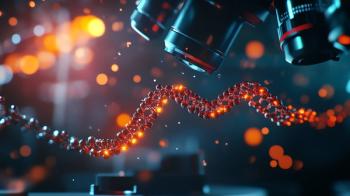
In this column, I describe what I believe may be the origin of this fluorescence emission and support my conjecture with some measurements of polycyclic aromatic hydrocarbons (PAHs). Understanding the origin of these interfering backgrounds may enable you to design experiments with less interference, avoid the laser illuminations that make things worse, or both.

This year, the American Academy of Forensic Sciences Conference is taking place from February 17–22, 2025. We highlight the importance of spectroscopy in this field and why we’re covering the conference this year.
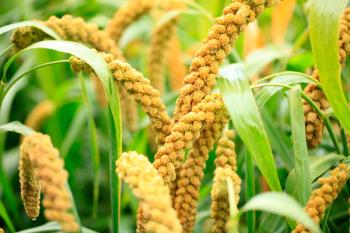
The study developed an effective mid-infrared spectroscopic identification model, combining principal component analysis (PCA) and support vector machine (SVM), to accurately determine the geographical origin of five types of millet with a recognition accuracy of up to 99.2% for the training set and 98.3% for the prediction set.

Researchers at Zhengzhou Police University have developed an AI-powered Raman spectroscopy method that achieves 100% accuracy in identifying plastic beverage bottles.

Researchers from Jiangsu University review advancements in computer vision and spectroscopy for non-destructive citrus quality assessment, highlighting the role of AI, automation, and portable spectrometers in improving efficiency, accuracy, and accessibility in the citrus industry.

A new study published in Food Control combines Fourier transform infrared (FT-IR) spectroscopy and deep learning to accurately authenticate the geographical origin of Gastrodia elata f. glauca, offering a reliable method for geographical indication (GI) verification and fraud prevention in the herbal and food industry.

A recent study examined a novel method to detect adulteration in camellia oil.

In part 2 of our interview with Oskar Hagelskjaer of Microplastic Solution, he discusses the benefits of using automated Raman microspectroscopy to detect and analyze microplastics in drinking water.

A recent study out of Ben-Gurion University investigated how Fourier transform infrared-attenuated total reflectance (FT-IR-ATR) spectroscopy can detect fungal contamination in bread.

In celebration of the 2025 International Day of Women and Girls in Science, the editors of Spectroscopy highlight the work of women in analytical chemistry.

Spectroscopy sat down with Oskar Hagelskjaer, Founder and CEO of Microplastic Solution, to discuss his latest study whose findings challenge EU Directive 2020/2184 regarding microplastic detection in potable water.

A recent study proposed a compact, cost-effective, handheld fiber-optic device using simplified DRS technology to track the accuracy of pedicle screw placement in spinal fusion procedures. Spectroscopy spoke to Merle Losch, corresponding author for the paper resulting from this study, about the device and the team’s efforts to produce it.

Top articles published this week include a video interview that explores using label-free spectroscopic techniques for tumor classification, an interview discussing how near-infrared (NIR) spectroscopy can classify different types of horsetails, and a news article about detecting colorless microplastics (MPs) using NIR spectroscopy and machine learning (ML).

Spectroscopy sat down with Juergen Popp of the Leibniz Institute for Photonic Technology to talk about the Photonics West Conference, as well as his work using label-free spectroscopy techniques for precise tumor margin control.
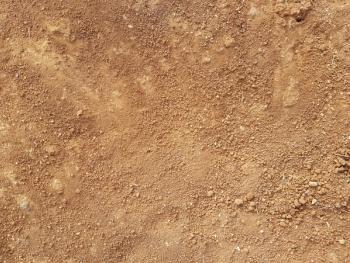
A recent study from China explores how hyperspectral imaging (HSI) can be used to develop camouflage technology.
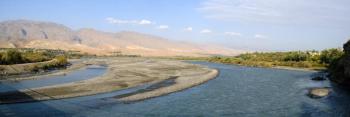
A new study published in Green Analytical Chemistry reveals significant microplastic pollution in Uzbekistan’s Zarafshan River, highlighting regional differences, industrial contributions, and the urgent need for improved monitoring and mitigation strategies.
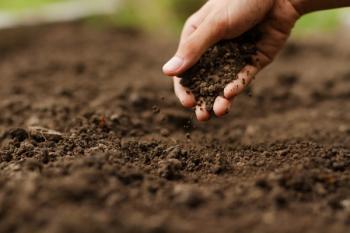
This new study highlights the potential of visible-near-infrared (Vis-NIR) spectroscopy for predicting phosphorus sorption parameters.
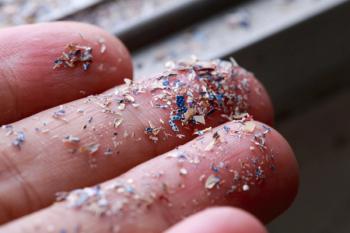
A recent study conducted by Shanghai researchers developed a high-accuracy model for identifying plastic pollution.
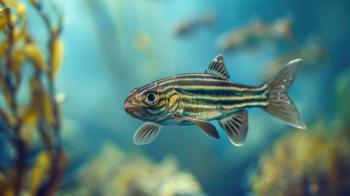
Researchers at the University of Lublin and the Medical University of Lublin have demonstrated the first application of FT-IR imaging in zebrafish larvae, revealing that frozen samples better preserve tissue structure than chemical fixation.
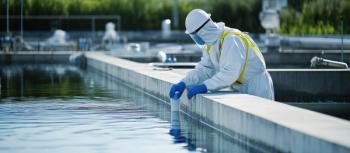
In a new study, a team of scientists used gel permeation chromatography, three-dimensional excitation-emission matrix fluorescence spectroscopy, and UV-visible spectroscopy to assess road runoff from drinking water treatment plants to evaluate the method' capacity for removing dissolved organic matter (DOM).

A recent study explores how smaller microplastics (MPs) are routinely found in potable water, calling into question EU Directive 2020/2184.